See Cheyenne Jackson, Samira Wiley as LGBTQ+ Icons in HBO Max's EQUAL
08/24/20
By continuing to use our site, you agree to our Privacy Policy and Terms of Use.
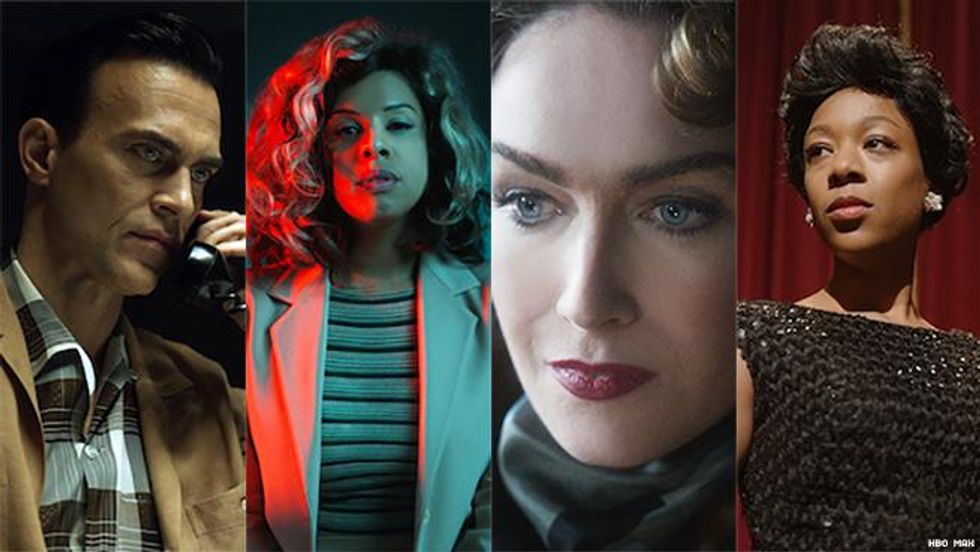
The four-part HBO Max series EQUAL chronicles the history of the fight for LGBTQ+ rights and stars dozens of queer luminaries and a few allies in reenactments along with archival footage of the real people who pushed for equality. The series covers historic events and organizations including the Mattachine Society, the Daughters of Bilitis, the Compton's Cafeteria Riots, Stonewall, and the Street Transvestite Action Revolutionaries. In the series, out on HBO Max this October, beloved LGBTQ+ stars embody the activists who paved the way for queer visibility today (along with a couple of composite characters). Orange Is the New Black star Samira Wiley is playwright Lorraine Hansberry, Sense 8's Jamie Clayton plays trans actress Christine Jorgensen, while Star Trek's Anthony Rapp turns up as Harry Hay, among many others.
EQUAL is executive produced and led by Scout Productions' Emmy Award-winning team: Academy Award winner Michael Williams (The Fog of War), Joel Chiodi, David Collins (Queer Eye), and Rob Eric (Queer Eye), along with Emmy-nominated Berlanti Productions' Greg Berlanti (Love, Simon, Arrow, Riverdale, The Flash) and Sarah Schechter (Supergirl, Riverdale), Emmy and Golden Globe winner Jim Parsons (The Big Bang Theory, The Normal Heart, The Boys in the Band), and Emmy nominee Todd Spiewak (Special, Young Sheldon, A Kid Like Jake) as well as Eric Norsoph from That's Wonderful Productions, Jon Jashni (Lost in Space) from Raintree Ventures, and Mike Darnell and Brooke Karzen, Warner Horizon Unscripted Television. Diane Becker and Melanie Miller of Fishbowl Films serve as producers.
Character descriptions and stills courtesy of HBO Max.
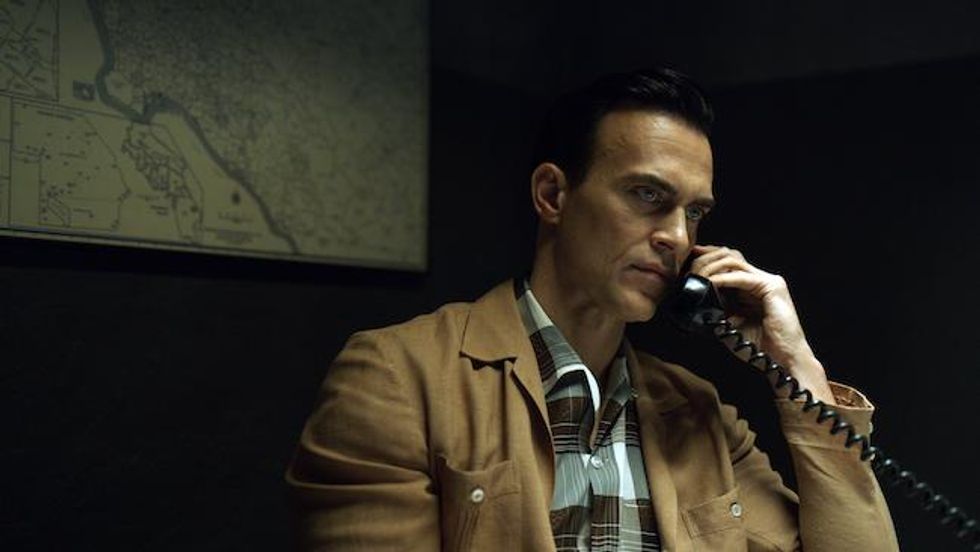
Dale Jennings was a gay rights activist, playwright, and author. He was one of the founding members of the Mattachine Society in the early 1950s, one of the earliest gay rights groups in the United States. Following his entrapment and arrest on sex charges, Jennings fought the charges in a successful court case that became a landmark moment for the movement. He was also one of the founders of One Magazine, the first pro-gay publication in the U.S.

Harry Hay was the founder of the Mattachine Society. His manifesto, "The Call," written feverishly one night in 1948 called for the protection and improvement of the rights of homosexuals and was the foundation on which the group was built.
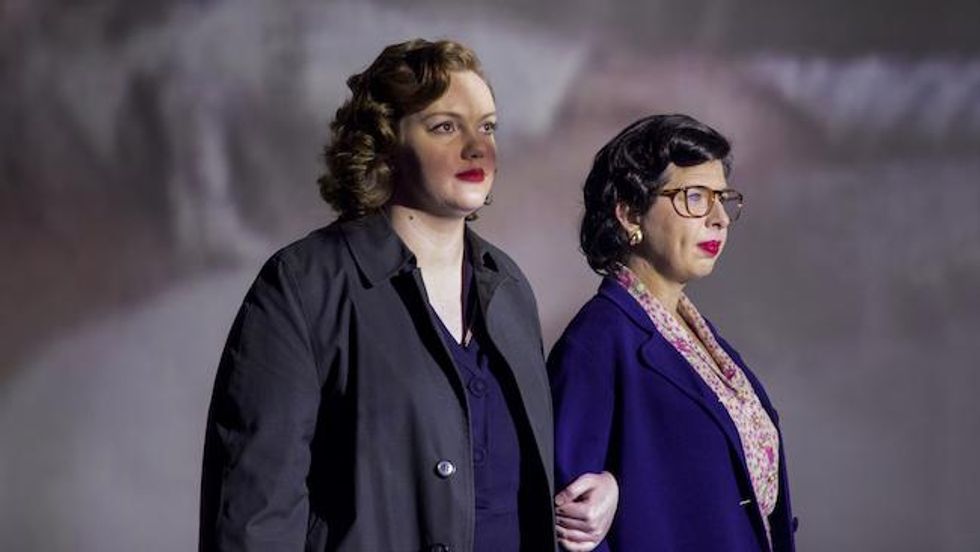
Del Martin and Phyllis Lyon were a lesbian couple (together for 56 years until Martin's death in 2008) who founded the Daughters of Bilitis in San Francisco in 1955, the first social and political organization for lesbians in the United States. They also published The Ladder, the first nationally distributed lesbian publication in the U.S. Active in both gay and feminist politics their whole lives, they were the first same-sex couple to legally wed in California.

"JM" is an "anonymous reader" of The Ladder, representing the isolated lesbians of the 1950s who found a lifeline in the pages of the magazine, but who were forced to live closeted lives for fear of losing jobs, friends, and family.
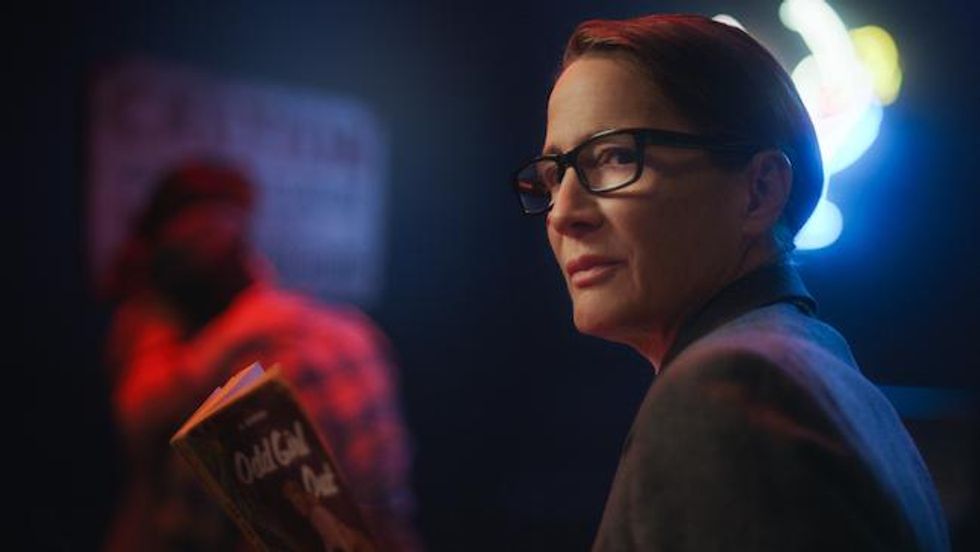
This portrayal of a composite character shows how the FBI kept active files on the Mattachine Society and the Daughters of Bilitis - gay groups were often linked to communism and considered to be dangerous subversives. Notice the tattered copy of Ann Bannon's seminal lesbian pulp novel Odd Girl Out that Ramsay's agent holds.
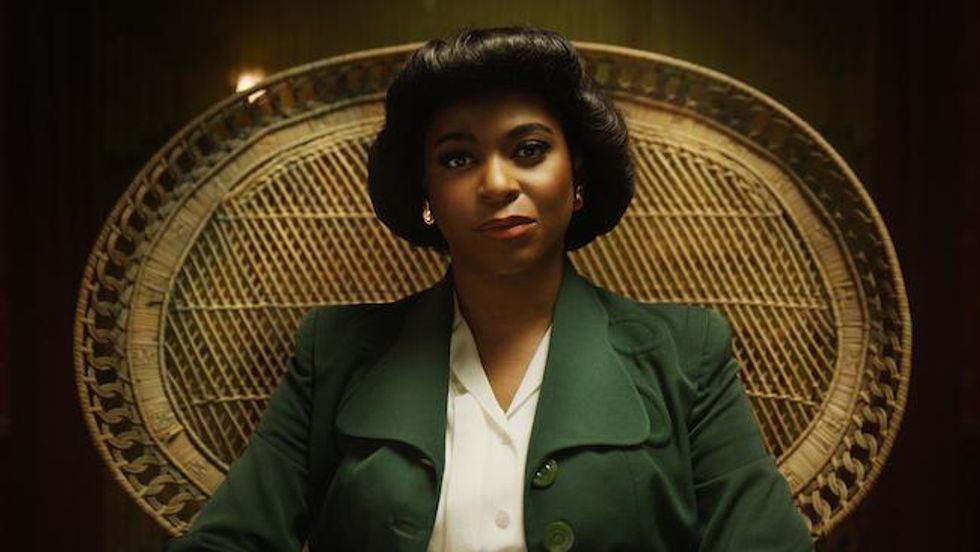
Socialite, chef, prohibition-era entrepreneur, and one of the first documented Black transgender persons in the United States, Lucy Hicks Anderson was one of the most prominent citizens of Oxnard, Calif., until 1945, when she was outed during a syphilis outbreak at the brothel where she stayed.
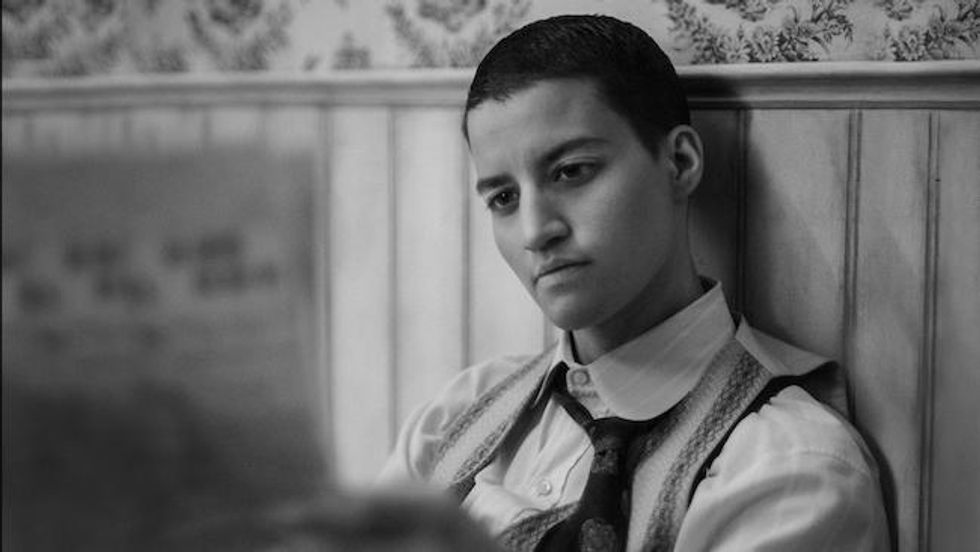
A little-known character in the history of folks who probably would have self-identified as trans, Jack Starr was a prominent local outcast at the turn of the century in Montana, in and out of jail and in and out of the local headlines for refusing to wear clothes that conformed to the gender assigned to Jack at birth. A Jack of all trades and a teller of tall tales, Starr (a.k.a. Jacques Moret) is an enigmatic early figure who pushed the boundaries of gender expression.
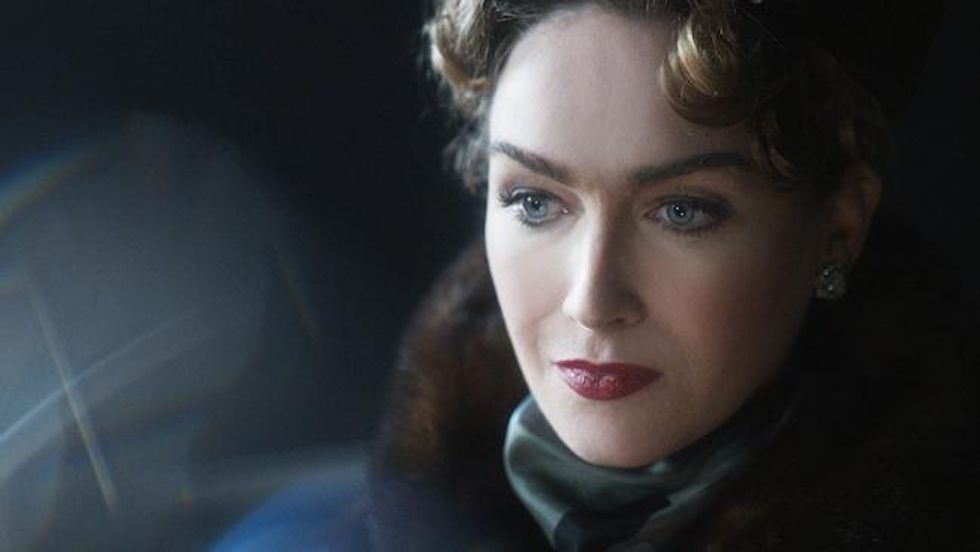
Widely known as the world's first transgender celebrity, Christine Jorgensen became an internationally known figure following the publicity surrounding her gender-confirmation surgery in the early 1950s. She became a popular nightclub entertainer, author, and lecturer and used her celebrity to advance the cause of transgender rights.
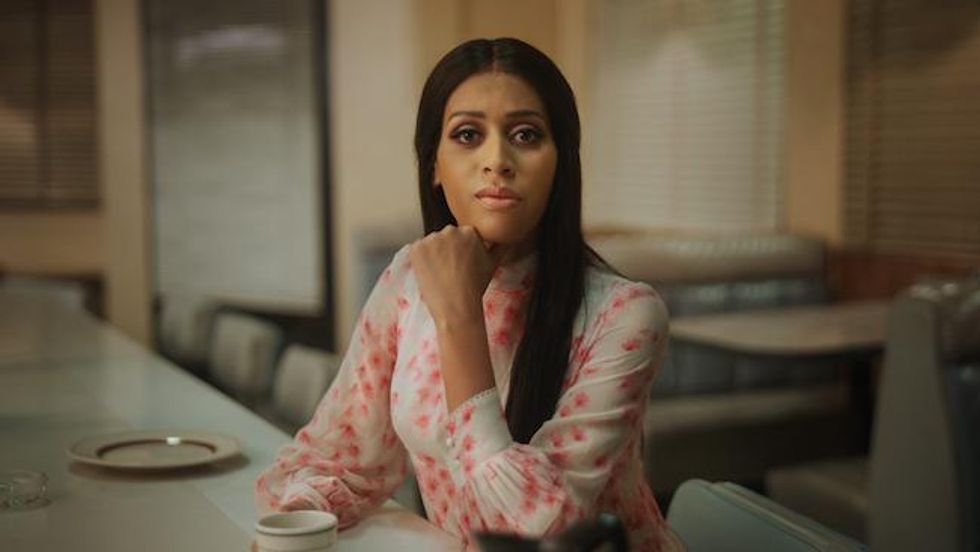
Alexis is a composite character who represents the spirit of the Compton's Cafeteria Riot in 1966, one of the first known instances of trans and queer folk rising up against police harassment - three years before the Stonewall Riots.
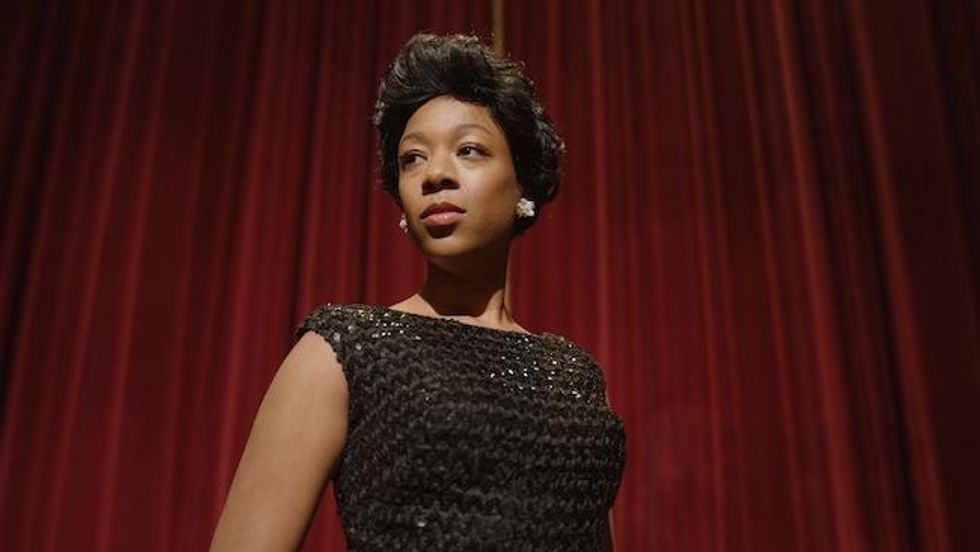
The author of the landmark play A Raisin in the Sun, Lorraine Hansberry was the first African-American female author to have a play performed on Broadway. She was a radical and forceful voice within the civil rights movement who died far too young at age 34 of cancer. While closeted during her lifetime, she wrote extensively under a variety of pseudonyms in plays, stories, and letters that discussed her lesbianism and the oppression of homosexuals in society.
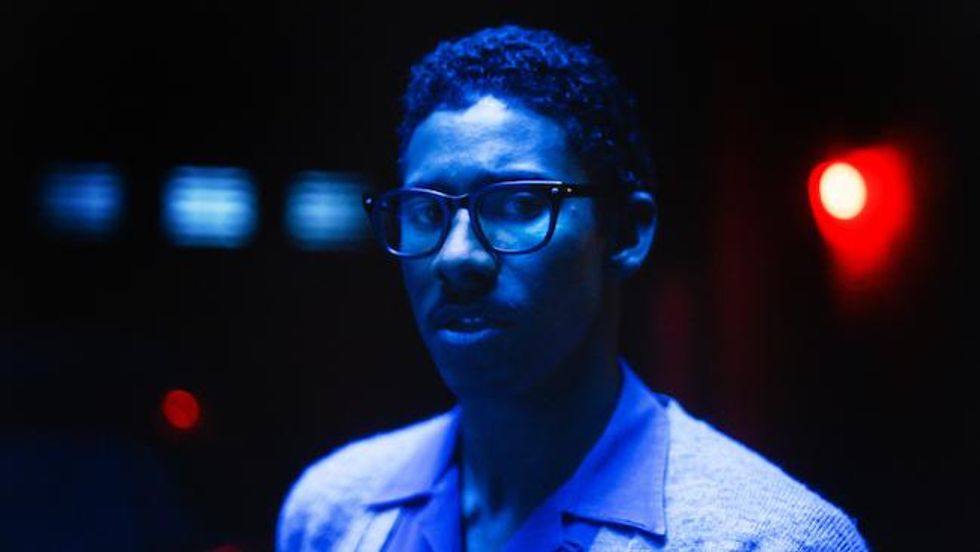
An American leader in movements for civil rights, socialism, nonviolence, and gay rights, Bayard Rustin was a close mentor and adviser to Dr. Martin Luther King Jr. and one of the chief architects of the March on Washington. Because of a 1953 arrest, his sexuality was often weaponized against him and the movement, but he remained a tireless advocate for social justice his entire life. He was posthumously awarded the Presidential Medal of Freedom by President Barack Obama in 2013.
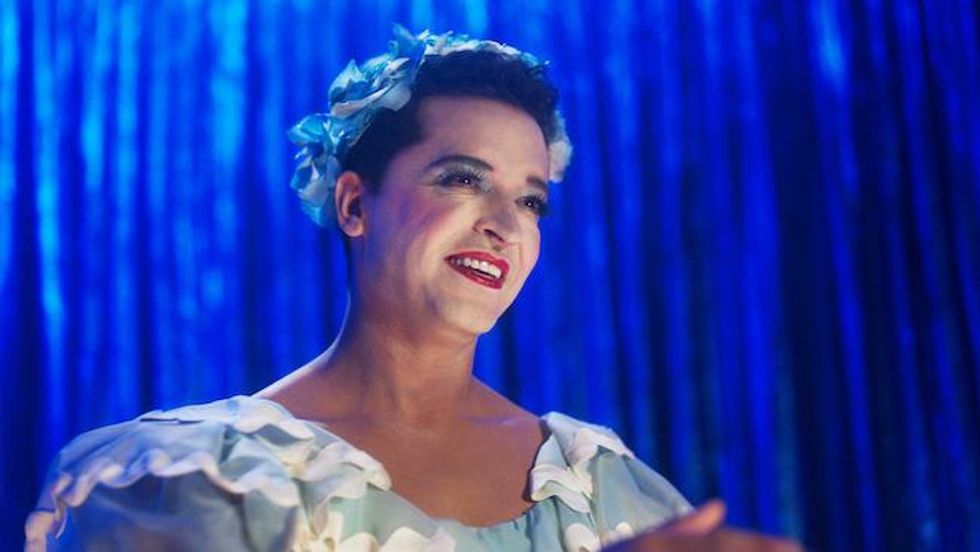
In 1961 Jose Sarria became the first openly gay candidate to run for public office in the United States, running for a seat on the San Francisco Board of Supervisors 16 years before Harvey Milk. He is also remembered as a beloved and inspiring drag performer at S.F.'s Black Cat Bar who raised the spirits and political consciousness of the bar's gay male patrons with his rousing anthem "God Save Us Nelly Queens!" A lifelong advocate and activist, Sarria founded the Imperial Court System, one of the oldest and largest LGBT organizations in the world.
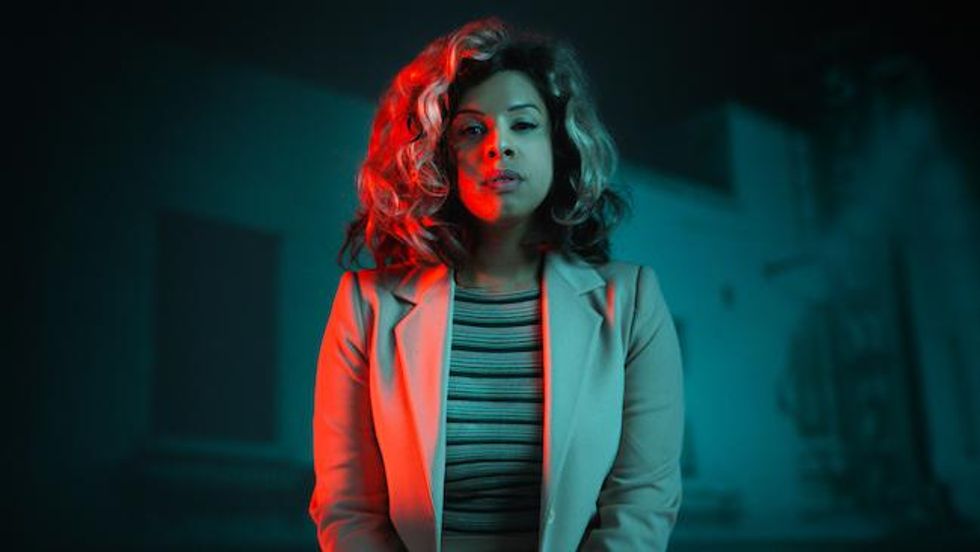
A Latinx-American gay liberation and transgender rights activist, Sylvia Rivera was prominent as an advocate and community worker in New York. Along with Marsha P. Johnson, Rivera founded the Street Transvestite Action Revolutionaries in 1970, a group dedicated to helping homeless young drag queens, gay youth, and trans women. Rivera was a key figure of the Stonewall riots, and her perspective on the riots and its aftermath is an indelible part of Stonewall's history.
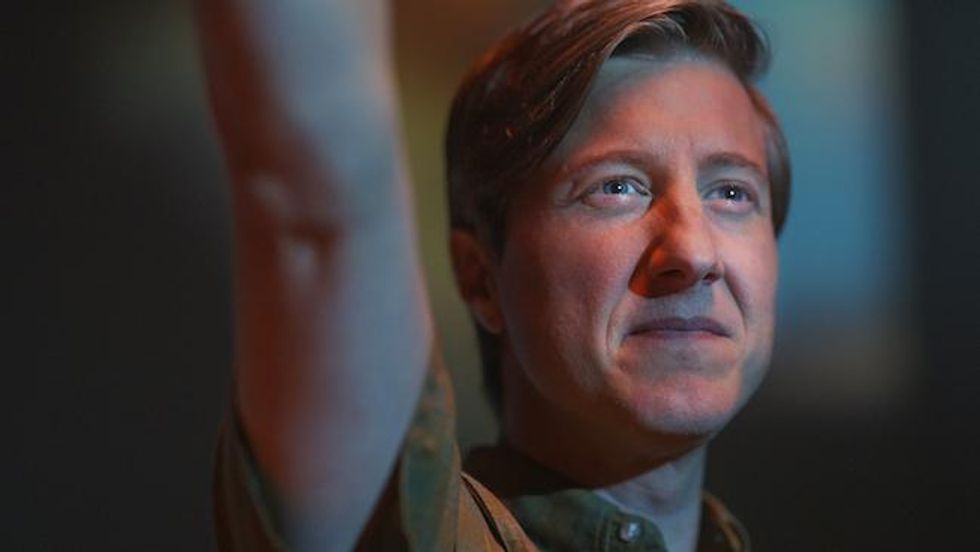
Craig Rodwell was an American gay rights activist known for founding the Oscar Wilde Memorial Bookshop in 1967, the first bookstore devoted to gay and lesbian authors. A witness and participant in the Stonewall riots, he was one of the prime movers in the creation of the first New York City Pride demonstration.
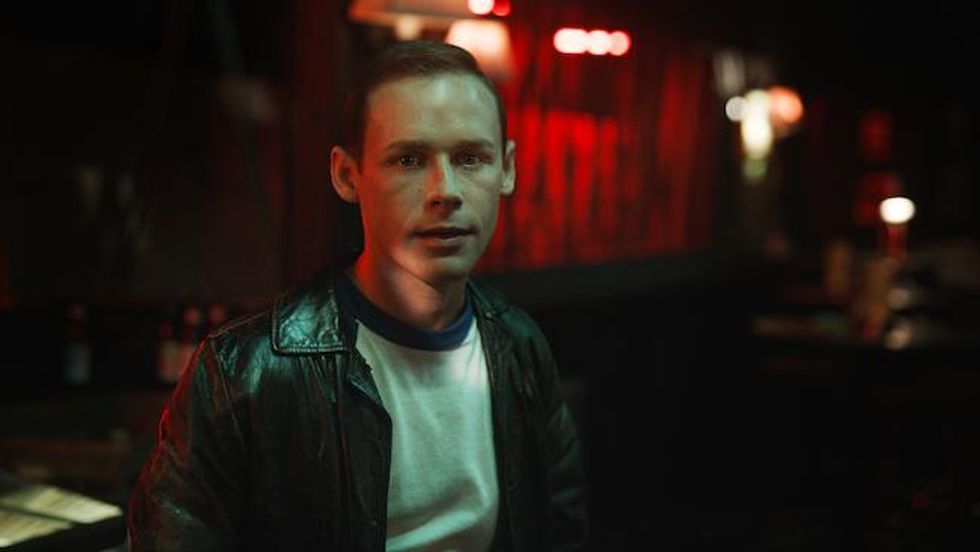
An American journalist and prominent gay rights activist, Mark Segal participated in the Stonewall riots. He was one of the founders of the Gay Liberation Front, where he created its gay youth program.
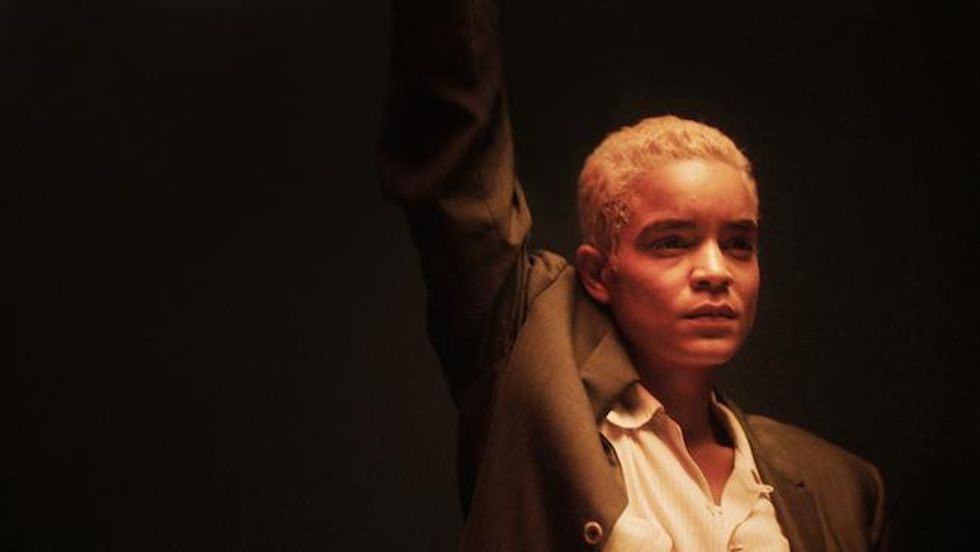
A queer civil rights icon and entertainer, Storme DeLarverie had a scuffle with police that was, according to many eyewitnesses, the spark that ignited the Stonewall riots, spurring the crowd to action. DeLarverie worked for much of their life as an MC, singer, bouncer, bodyguard, and volunteer street patrol worker, the "guardian of lesbians in the Village."
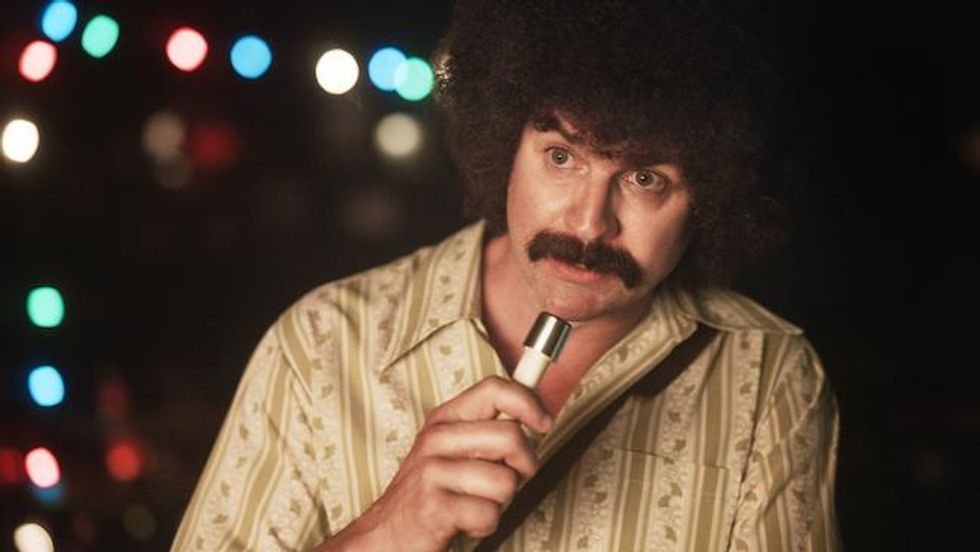
An Oscar-winning film director, producer, journalist, screenwriter, actor, and radio broadcaster, Howard Smith managed to get inside the now-famous Stonewall Inn at the peak of the riots using his Village Voice reporter's police credentials. He was the only journalist who reported about the siege from that dangerous vantage point.
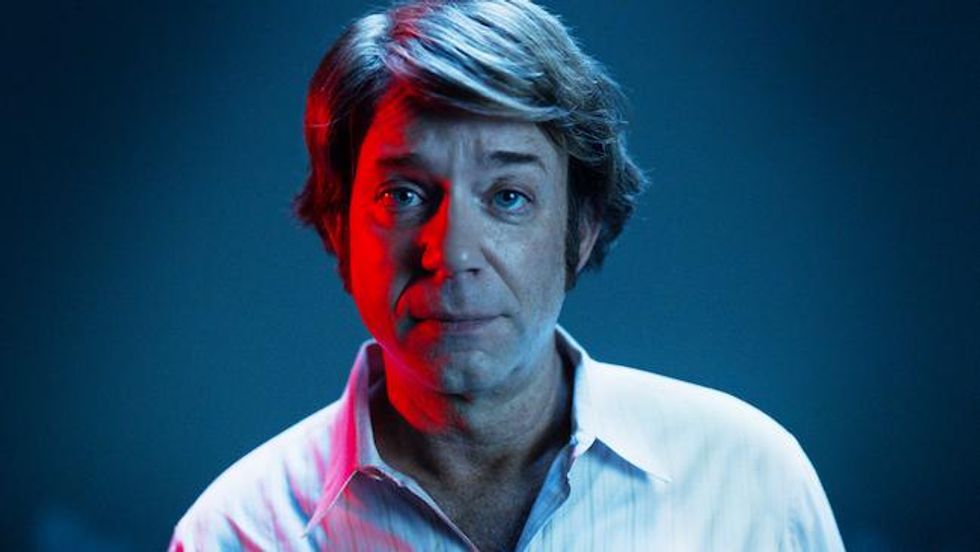
Dick Leitsch was a prominent LGBTQ+ rights activist and the president of the Mattachine Society in the 1960s. He is also known for being the first gay reporter to publish an account of the Stonewall riots, which appeared in a special edition of the Mattachine Newsletter the day after he witnessed the first night of the riot.